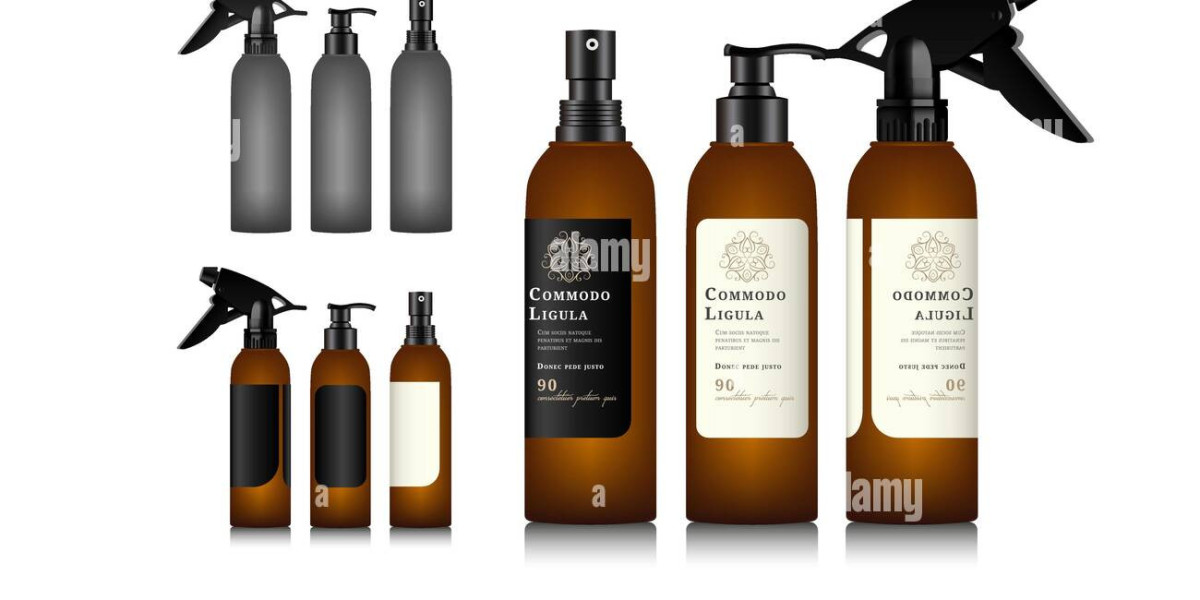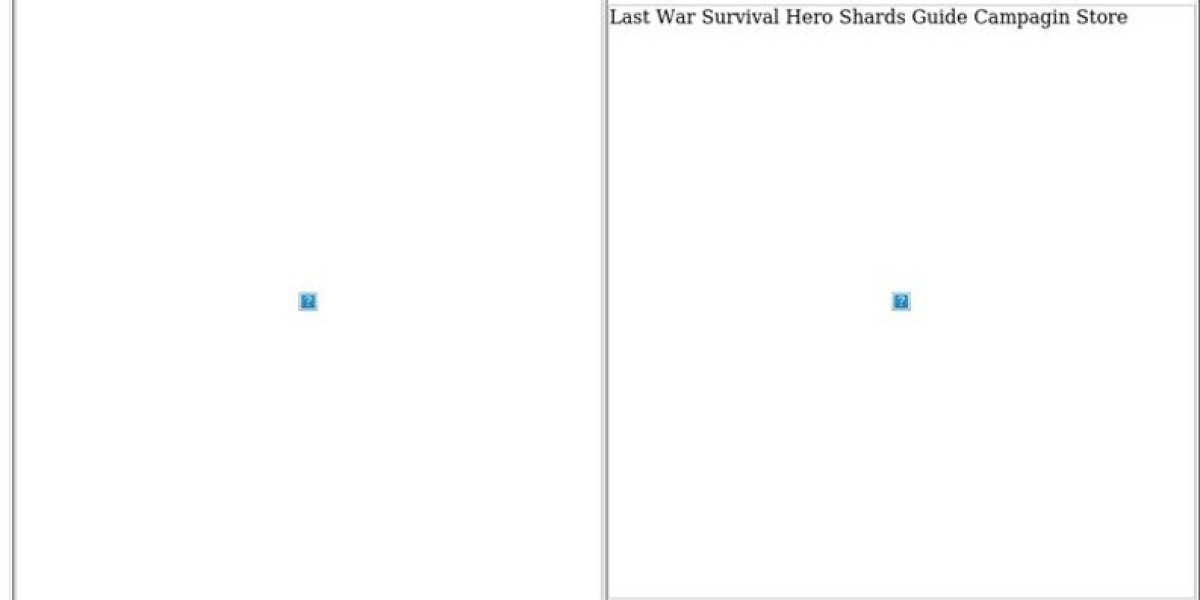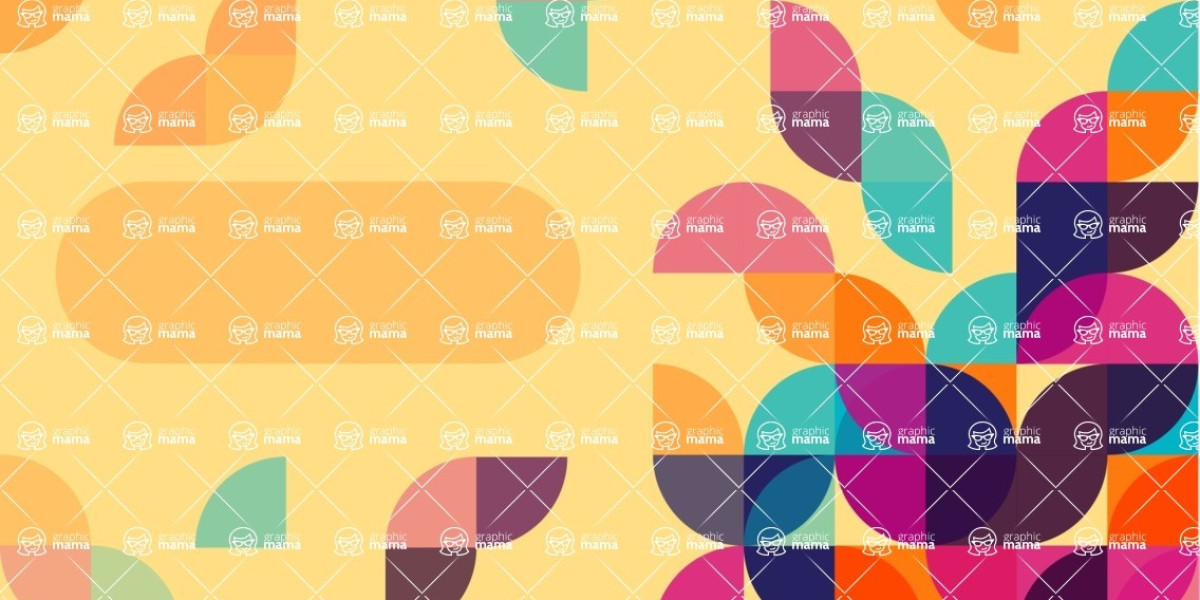Labels play a defining role in how customers perceive a product. Whether it’s a cleaning spray, cosmetic mist, or sanitizer bottle, the label doesn’t just communicate product details—it reflects the brand’s quality, attention to detail, and durability. Selecting the right material for spray bottle labels ensures that your packaging remains appealing even after repeated use and exposure to moisture. Understanding different materials, finishes, and design choices helps brands create lasting impressions that merge functionality with visual appeal.
Why Material Choice Matters
Spray bottles are often used in conditions where they’re handled frequently or exposed to water, oils, and cleaning solutions. A label that fades, peels, or wrinkles quickly can undermine even the most premium branding. For this reason, material selection becomes a crucial part of label design. It influences not only durability but also how color, typography, and brand identity appear on the bottle.
When thinking about personalized spray bottle stickers, businesses should look beyond just print quality. They should evaluate the environmental resistance, adhesive strength, and surface compatibility of the label material. The right combination can ensure that the label maintains its shape and clarity for the entire life of the product.
Common Materials Used for Spray Bottle Labels
Several materials are popular for creating long-lasting labels. Each has its own set of advantages depending on the type of product and use case.
1. Polypropylene (PP)
Polypropylene is one of the most commonly used materials for durable bottle labels. It’s resistant to moisture, chemicals, and oils, making it ideal for spray bottles used in bathrooms, kitchens, and salons. Its smooth surface allows for high-resolution printing, enabling custom printed bottle labels with sharp graphics and vivid colors.
2. Polyester (PET)
Polyester labels are known for their strength and heat resistance. They hold up well in environments where temperature fluctuations or abrasion might occur. PET labels also have a professional sheen that enhances branding consistency across product lines.
3. Vinyl
Vinyl offers excellent flexibility, which makes it suitable for curved bottle surfaces. It is waterproof and UV-resistant, so it’s often used for outdoor or heavy-duty cleaning products. Vinyl labels maintain color vibrancy even under direct sunlight, extending the shelf life of your brand image.
4. Paper-Based Labels
Although less durable than synthetics, coated paper labels are still widely used for indoor applications. They provide a more natural or eco-friendly appearance and can be finished with lamination to enhance water resistance. For brands promoting sustainability, recycled paper labels or biodegradable alternatives are good options.
Surface Compatibility and Adhesive Selection
Even the most durable material can fail if paired with the wrong adhesive. Spray bottles can have varying surface textures—smooth plastic, frosted glass, or matte coatings—and each requires a specific adhesive strength. Permanent adhesives ensure labels stay intact, while removable ones allow for repositioning without residue. Testing adhesion on the actual container before mass printing helps avoid costly reprints.
Protective Finishes for Extended Lifespan
To make labels even more resilient, brands often apply protective coatings or laminations. These finishes not only enhance visual appeal but also provide a barrier against moisture, friction, and UV exposure.
Gloss Lamination: Enhances color depth and adds a reflective shine, ideal for modern or cosmetic products.
Matte Lamination: Offers a subtle, sophisticated look that reduces glare.
Soft-Touch Coating: Gives a smooth, tactile feel often associated with luxury branding.
UV Coating: Provides an extra layer of protection against sunlight and surface wear.
The Role of Design and Print Quality
Durability isn’t just about materials—it’s also about design. Fonts, color palettes, and imagery should be chosen with visibility and legibility in mind. For example, high-contrast designs remain readable even if exposed to liquids. When printing personalized spray bottle stickers, vector graphics and CMYK printing methods ensure clarity and accurate color reproduction.
Additionally, branding through product labeling requires consistency. A well-designed label reflects brand identity, communicates product benefits, and reinforces customer trust. By maintaining harmony between design and function, businesses can create packaging that stands out in both retail and digital marketplaces.
Environmental Factors and Sustainability
Modern consumers increasingly value sustainable packaging. As a result, brands are exploring recyclable and eco-friendly materials for spray bottle labels. Water-based adhesives, soy-based inks, and biodegradable laminates minimize environmental impact without compromising durability. Choosing such materials can strengthen your brand’s reputation as an environmentally conscious business.
Wholesale Printing and Scalability
For brands manufacturing in bulk, sourcing wholesale printed labels can be cost-effective while maintaining quality. Wholesale suppliers often offer material customization, digital proofing, and various finishing options to match brand requirements. Consistency across every label run ensures that your products maintain a uniform look regardless of quantity.
Furthermore, bulk printing allows brands to experiment with different designs for product variations—such as fragrance or formula differences—without exceeding budget constraints. This flexibility supports both small-batch artisans and large-scale manufacturers.
Testing for Performance
Before finalizing label materials, conducting durability tests is essential. Subject the labels to moisture, temperature fluctuations, and friction to assess performance. These tests help identify weak points in adhesion, colorfastness, or print clarity. Testing ensures that when customers handle the product repeatedly, the label still looks professional and intact.
Integration with Broader Packaging Strategy
Labels should not be considered in isolation; they’re part of an overall packaging ecosystem. From the choice of bottle shape to the outer box, every element contributes to the brand experience. Many businesses now integrate label design with custom box design to maintain a cohesive appearance from shelf display to customer unboxing. When the label complements the packaging box in terms of color and finish, it reinforces brand memorability.
Balancing Cost and Quality
While premium materials and finishes can elevate appearance, they may also raise production costs. The key lies in balancing durability, aesthetics, and budget. Brands targeting high-end markets may invest in laminated synthetics, whereas everyday consumer goods might benefit from cost-efficient polypropylene with a matte finish. Understanding your market segment and product lifespan helps make informed choices.
The Final Touch: Enhancing Brand Dignity Through Design
At its core, a spray bottle label serves as both protection and communication. It safeguards product information while narrating the brand’s story through visuals and texture. When designed thoughtfully, it elevates not only the product’s perceived value but also the brand’s dignity.
By choosing reliable materials, ensuring precise adhesion, and aligning aesthetics with brand identity, businesses can create labels that last as long as the products themselves. Incorporating cohesive custom box design and sustainable print solutions will ultimately establish a brand presence that feels both confident and refined.










